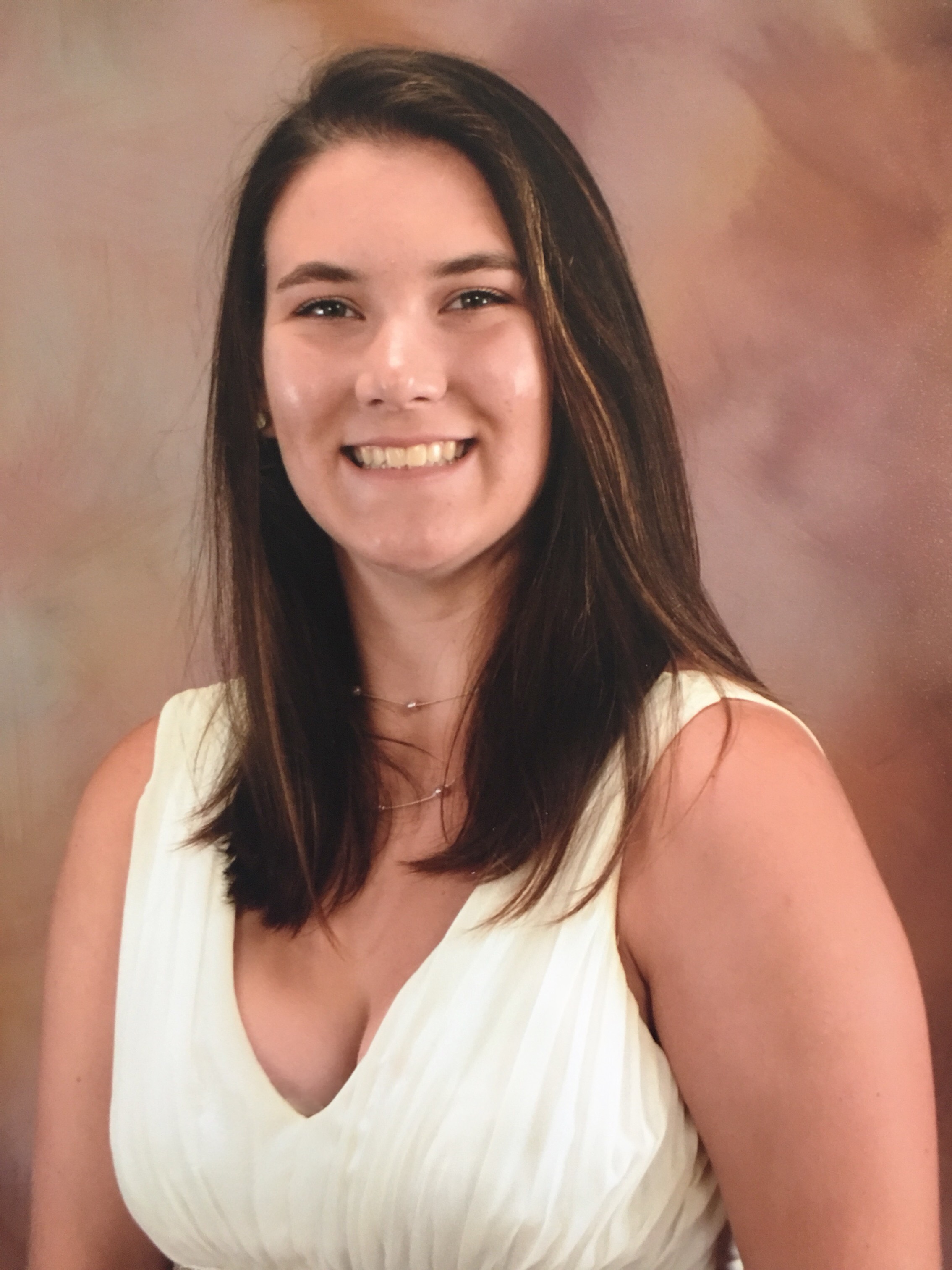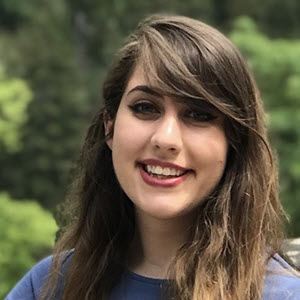Below is a summary of the abstract you submitted. Presenting author(s) is shown in bold.
If any changes need to be made, you can modify the abstract or change the authors.
You can also download a .docx version of this abstract.
If there are any problems, please email Dan at dar78@pitt.edu and he'll take care of them!
This abstract was last modified on April 30, 2019 at 2:26 p.m..

This presentation is to discuss the strategies and success of using Microbacterium foliorum as the bacterial host for phage hunting and how we found all phages their belonged clusters. DOGEMS (DAH-jums) stands for Deconvolution of Genomes after En Masse Sequencing. It is a method used in the SEA-PHAGES community to identify clusters for a pool of phages of interest. It involves two parts: 1) En Masse Sequencing (sequencing a convoluted mixture of phage DNAs) and 2) Deconvolution of Genomes (using one or several experimental approaches to de-convolute by matching the contig DNA sequences obtained from part 1 to their respective input phages. The experimental design for part 2 in general includes: a) blasting all the contigs to identify phage clusters of interest, b) design cluster-specific primers of PCR experiments to test all the phages of interest. Since 2017 we have used the DOGEMS method to identify clusters for the phages that were not chosen for phage genome sequencing. Depending on the lengths of contigs and primer specificities, our success rates varies from 50% to 100%. Using M. foliorum as the host, we employed direct isolation method (37% successful rate) and enriched isolation method (7% successful rate) for phage hunting. This year using M. foliorum as the host, we isolated six phages by employing both direct isolation method (37% successful rate) and enriched isolation method (7% successful rate). We sequenced phages Sharkboy (in cluster EB) and Araxxi (in cluster EM), and were able to ID the rest four with the DOGEMS approach: phages BKfootlettuce and FreshAvocado in cluster EB, and phages Zepp and Alakazam in cluster EA5, both now have their phage genome drafts in the Actinobacteriophage database and Phamerator. A few interesting points emerged out of characterizing these phage genomes: 1) We found BKfootlettuce, FreshAvocado and Sharkboy derived from the same phage ancestor, with less than 1% differences in their genomes. 2) Although Zepp and Alakazam were isolated from the soil samples of the same campus, Alakazam shares more similarity with another EA5 phage discovered in North Carolina, Neferthena, than with Zepp. 3) The Araxxi genome contains a super big gene (gp27) that encodes a protein of approximately more than 4,000 amino acid long. Interestingly, not only the orthologs of this gene were found in EM phage Burro and a few EK1 or EK2 phages like ArMaWen, TinyTimothy, and Akoni, but also partially in a hypothetical gene from Pseudomonadales bacterium. We will discuss our DOGEMS experimental design and the phage genome characterization in more detail.


